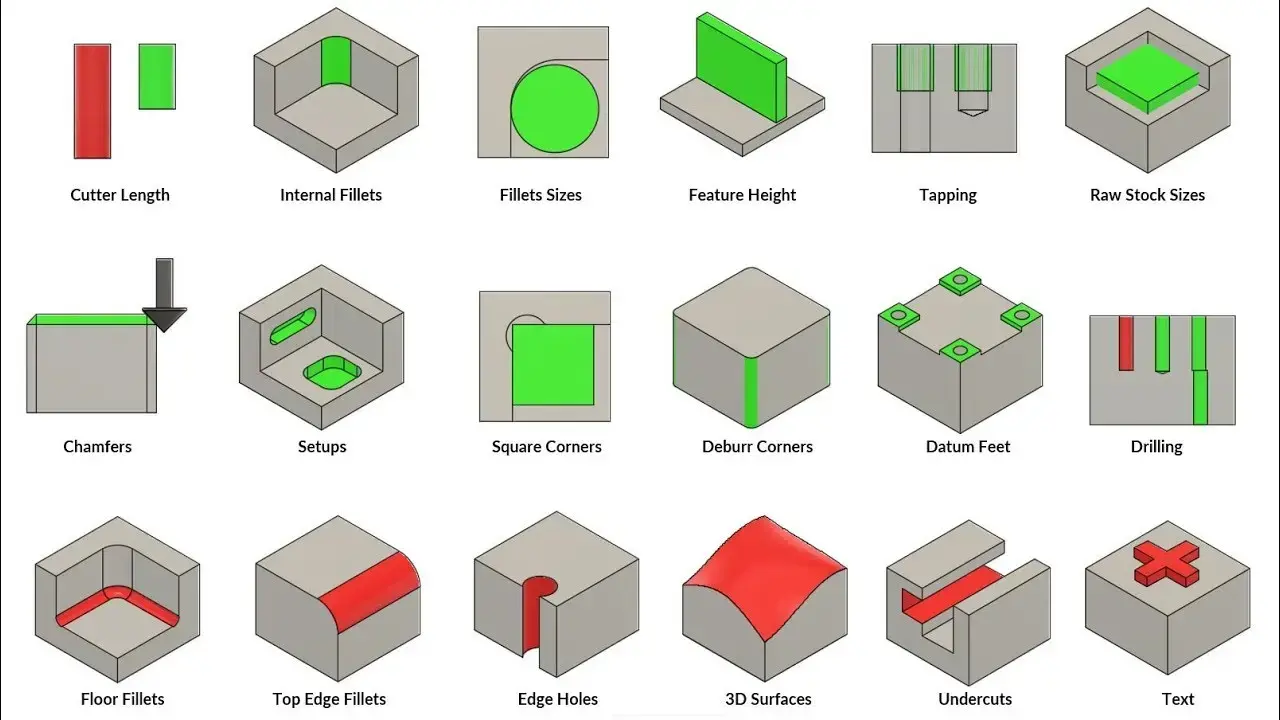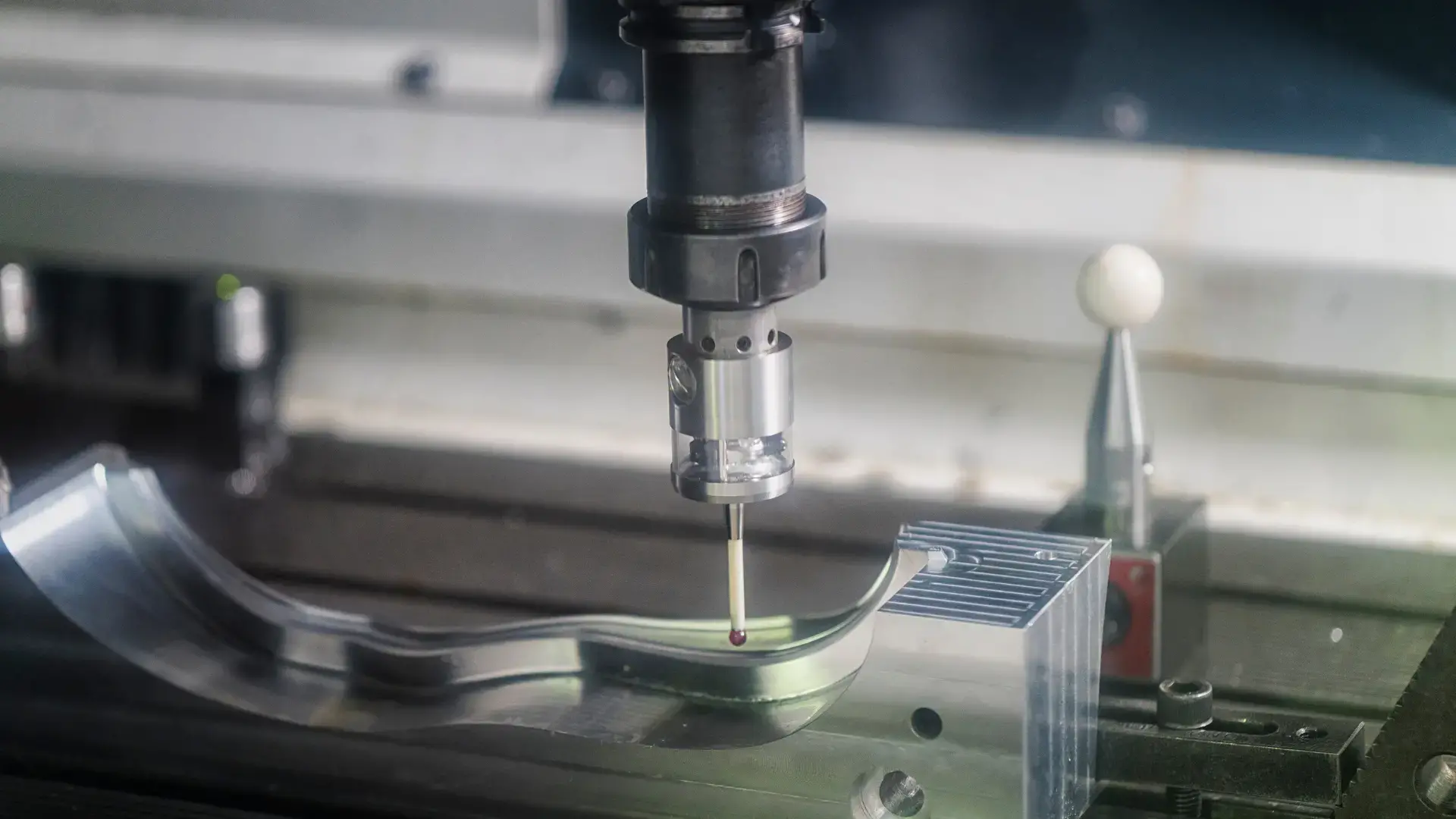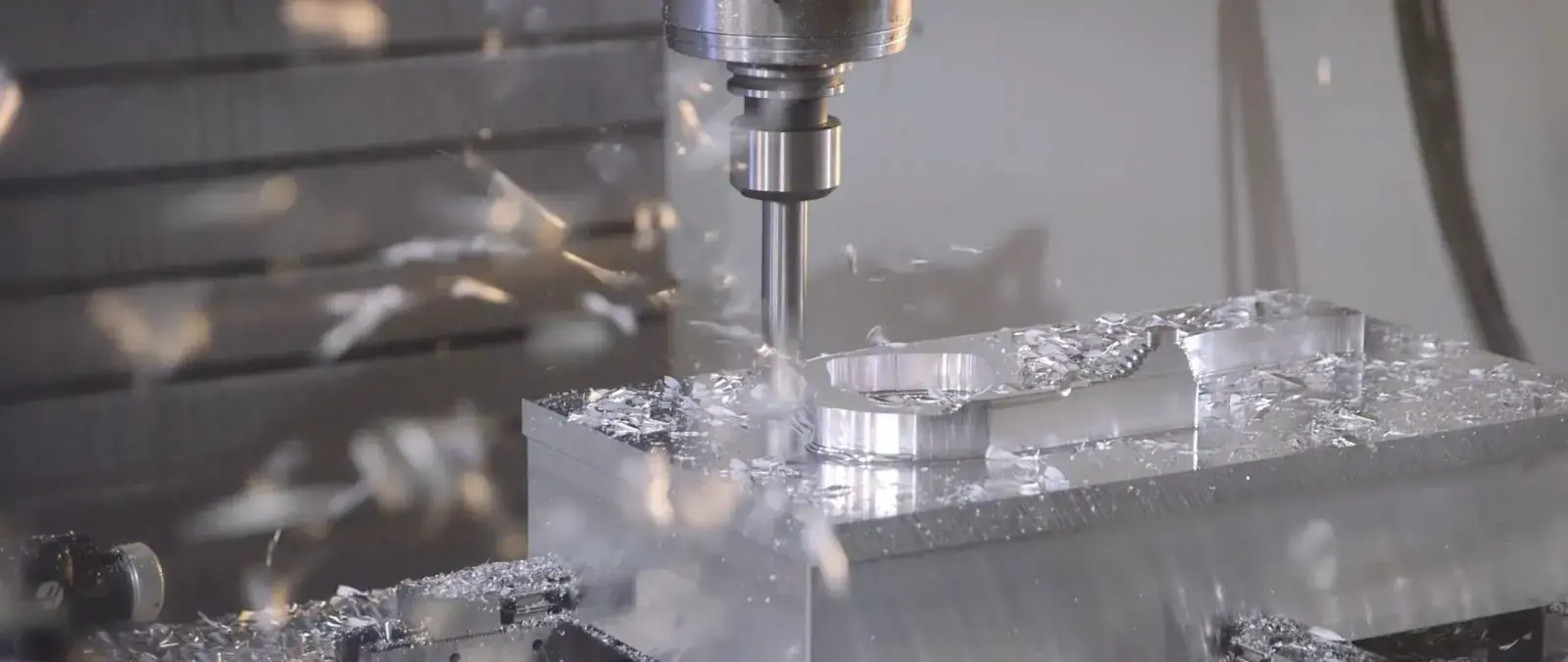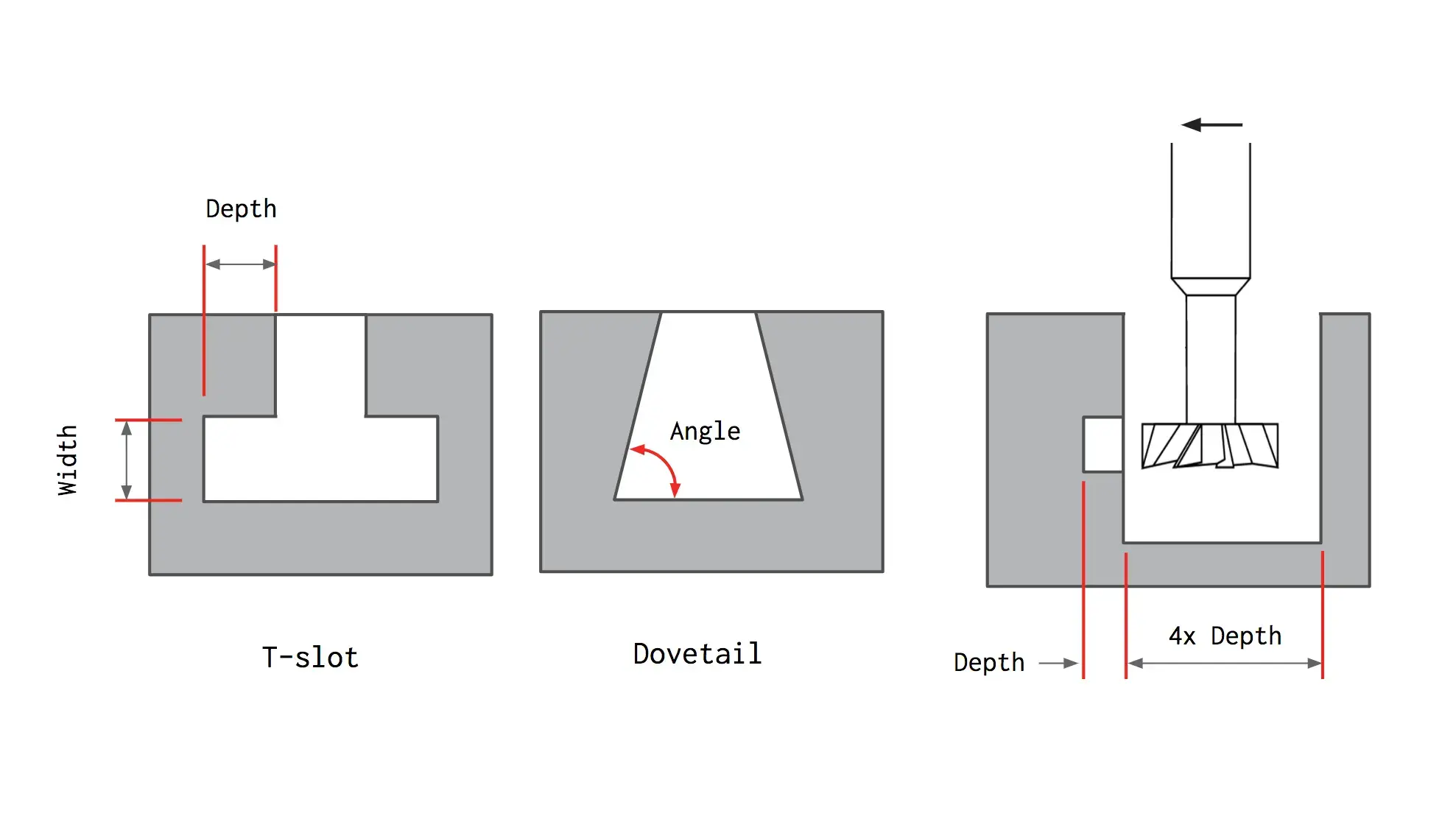CNC customized parts are the most precise and accurate components as they are CNC machined. The computer numerical control or the CNC performs processes by employing computer programs to operate. CNC works on subtractive manufacturing that makes it different from 3D printing and injection molding. The operation of CNC machines is fast and violent as it uses cutting tools to remove the material with a very high rotation speed. The CNC machines require careful selection of the machining techniques and materials to fabricate the finished product of the desired shape size. One should have an idea of using the appropriate cutting technique and the stress it will have on the material.
This article describes the best design practices to produce CNC customized parts that can help saving time and provide precise and accurate results.

CNC machining is one of the most effective processes to formulate high-quality finished products. It is a subtractive manufacturing technology that creates the final design by removing material using high-speed and precise cutting tools. CNC machining process removes the material unlike injection molding and 3D printing which requires the addition of material to put them together to pull off the final product. To manufacture the precise finished product the tools rotate and the rotation speed is very high i.e. Thousands of RPM.
CNC machining finds its use in industry and in sectors that require precision in the construction of parts. For instance, medical facilities, aerospace industries, military, and defense sector, and petrochemical industries need the highest accuracy components to reduce the risk of life and property. A slight defect in components in these sectors can result in an enormous loss of lives. So CNC customized parts ensure accuracy and fulfill the requisites of precision in these production sectors. Each sector has its CNC machines and it uses materials according to their requirement of parts. These materials may be steel, brass, titanium, aluminum, copper, and exotic materials like plastics, ceramics, and superconductors.
There is computer software that instructs the machine about how should it operate to manufacture CNC customized parts. With the aid of computer-aided design or cad model usually provided by the client, describes the geometry of the customized part. Based on the cad model, computer-aided manufacturing or machining or cam runs the machine by creating tool paths and NC-codes. The cam does not operate directly but creates the NC-code, which is the language understood by CNC machines. The most common CNC language is the g-code which develops operation strategies and precise speed, machine head orientation, and movement of the cutting tool. The CNC machine then executes this g-code to fabricate the finished product thus requires minimal human intervention.
Understanding the CNC machine types is important as each type has its specifications and limitations. Using the wrong machine type can result in wastage of time and money. Thus information about using the correct machine type is important. The most common types of CNC machines are the ones that work by removing materials using cutting tools. There are two main classifications i.e. The 3-axis CNC machining and multi-axis CNC machining. The other not so common types include laser technology and plasma cutters.

The 3 axis CNC machines include turning or the lathe machines and the milling machines. The 3-axis machines allow the movement of cutting tools in three linear axes (x,y,z) on the CNC customized part. These machines are relatively easier and economical to use.
In CNC milling machines the job piece is stationary and the rotating cutting tool removes the material with a very high speed in 3 linear axes. The machine first removes the material with lower accuracy and then operates again for precision.
CNC turning or the lathe machines carries the part on the rotating spindle. The lathes produce a higher volume of CNC customized parts but only work effectively on cylindrical components. Therefore, the customized parts are then CNC milled to obtain the desired customization.
5-axis CNC machines can handle parts with complex geometries as they allow movement in two more additional axes. These machines work in three linear axes while allowing rotation of the cutting tools. But the operation of 5 axes machines is costly as it requires skilled labor and provides wide operation.
The CNC machine is famous for its precision, but certain design practices can result in more accurate customized parts and can make the operation cost-effective.
The recommended depth for the cavity is to increase the width by 4 times. Removing materials above this level can result in time consumption and higher operating cost. The cutting length of CNC tools has certain limitations and they work well with depth 2 to 3 times its width or diameter. However, it is not impossible to remove material beyond this depth but it requires advanced 5 axis cutting tools thus the operation becomes costly.

CNC machine materials cut the material by rotating against the material or rotating the cutting tool against the material. The CNC machine tool with a smaller diameter is preferable as it does not remove large pieces all at once. But the use of a small tool can increase the machining cost and time. So it is suitable to add a radius at 1/3 or larger of the depth of the recommended cavity. To reduce the load and cost of machine operation, the radius of the edge should be larger than the cutting tool used to formulate the cavity. To make sharp edges i.e. 90 degrees instead of radius, it is preferable to add undercuts at the cavity corners.
The recommended thickness when machining metals is 0.8mm and for plastics it suitable to have 1.5mm or larger. Machining CNC customized parts with thin walls can be challenging and thin walls are prone to damage and vibrations, thus less accuracy of the finished products. Working with the recommended thickness of materials makes the operation easier and cost-effective. However, there are certain limitations as for metals it is not possible to achieve a thickness less than 0.5mm. For plastics, the minimum attainable thickness is 1.00mm.
Standard drill bits can machine with a faster and precise operation to add holes. However, to add non-standard sizes, it is preferable to use end mill tools but that can increase the operation cost. The suitable depth to machine the hole is 4 times the diameter of its depth. It is possible to machine deeper holes but that results in an increment in cost.
The maximum thread length should be limited to 3 times the diameter of the hole. Machining threads larger than recommended require special tools and techniques, thus increasing complexity and cost.
To sum up, CNC machining is one of the most precise techniques to formulate finished products. Plastics, wood, metals, and other exotic materials can be CNC machined giving smooth, rough, and rounded shapes. One can make a wide variety of finished products using the best fabrication techniques using CNC machines.
For More Information, Contact Us Today!

CNC Steel Parts: Choosing the Right Metal for CNC Machining
How CNC Precision Engineering Enhances Quality And Performance